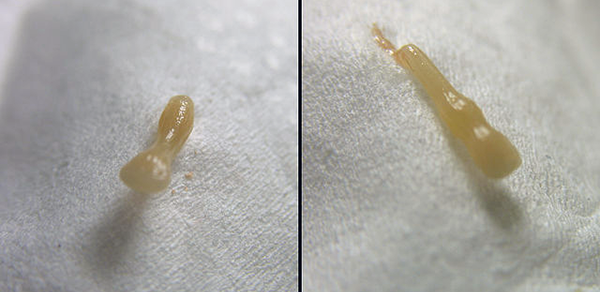

Ireland in 2013, found it reduces earthworm numbers by 20 per cent. It lives on earthworms and will greatly reduce their population, sometimes to below detectable levels - research by the Agri-Food & Biosciences Institute of N. It has since spread all over the British Isles, but sightings are still more concentrated in Northern Ireland and Scotland. At the time a local nurseryman had links to the antipodes exploiting the different seasional cycles to source his stock - he eventually sold up and emigrated to New Zealand. If you've ever seen a flat, jelly-like blob hiding underneath a rock or shell near the Bay's shoreline, it may have been a flatworm.The New Zealand Flatworm, Arthurdendyus triangulatus, was first sighted in Northern Ireland in 1963 and probably arrived in the root-ball of a plant.Flatworms look like "flying carpets" as they glide through the water.

Oyster flatworms have both male and female reproductive organs, but scientists aren’t sure whether a flatworm can fertilize its own eggs, or if eggs need to be cross-fertilized by another flatworm. The life cycle of the flatworm is not well known. Then the flatworm inserts its mouth into the open valves to feed on its prey’s interior parts. They hunt by waiting for its prey to open its valves to feed. Feedingįlatworms are major predators of barnacles, bryozoans and oyster spat. The slender flatworm is yellowish-gray, has a row of eyespots along the front of its body and does not have tentacles. The oyster flatworm is cream-colored with short tentacles on its sides and has eyespots in two rows along its head. The oyster flatworm, Stylochus ellipticusįlatworms have flat, symmetrical, leaf-shaped bodies that grow to a size smaller than a quarter.Two species of flatworms can be found in the Chesapeake Bay:


 0 kommentar(er)
0 kommentar(er)
